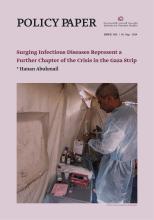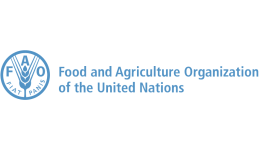“It’s often that a child is extremely malnourished, and then they get sick and that virus is ultimately what causes that death,” said Heather Stobaugh, a malnutrition expert at Action Against Hunger, an aid group. “But they would not have died if they were not malnourished.” While cautioning that it was difficult to say what had happened without more information, Dr. Stobaugh said that malnutrition in pregnant mothers and the lack of formula could easily have led to the deaths of infants, who are the most vulnerable to extreme malnutrition.





